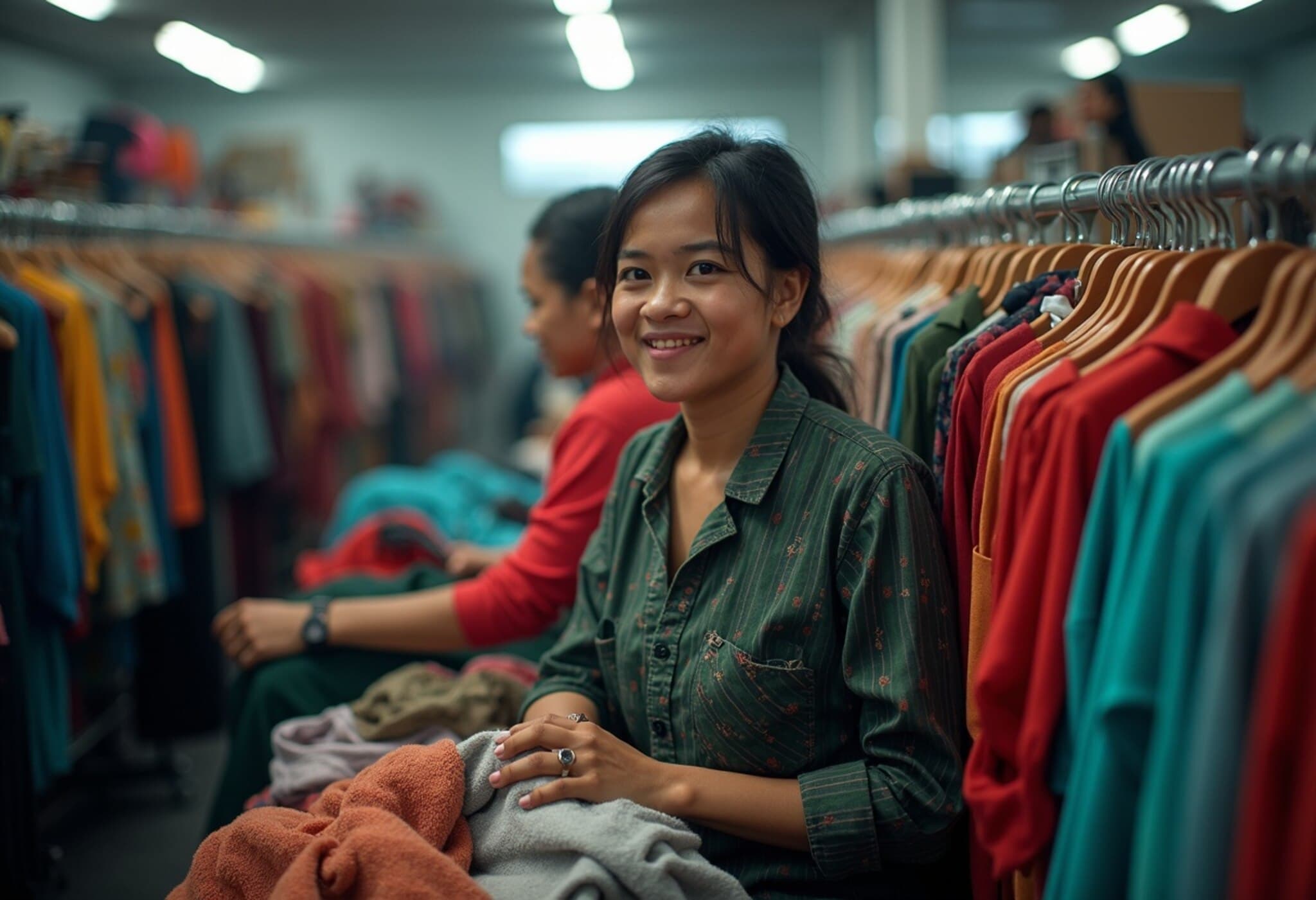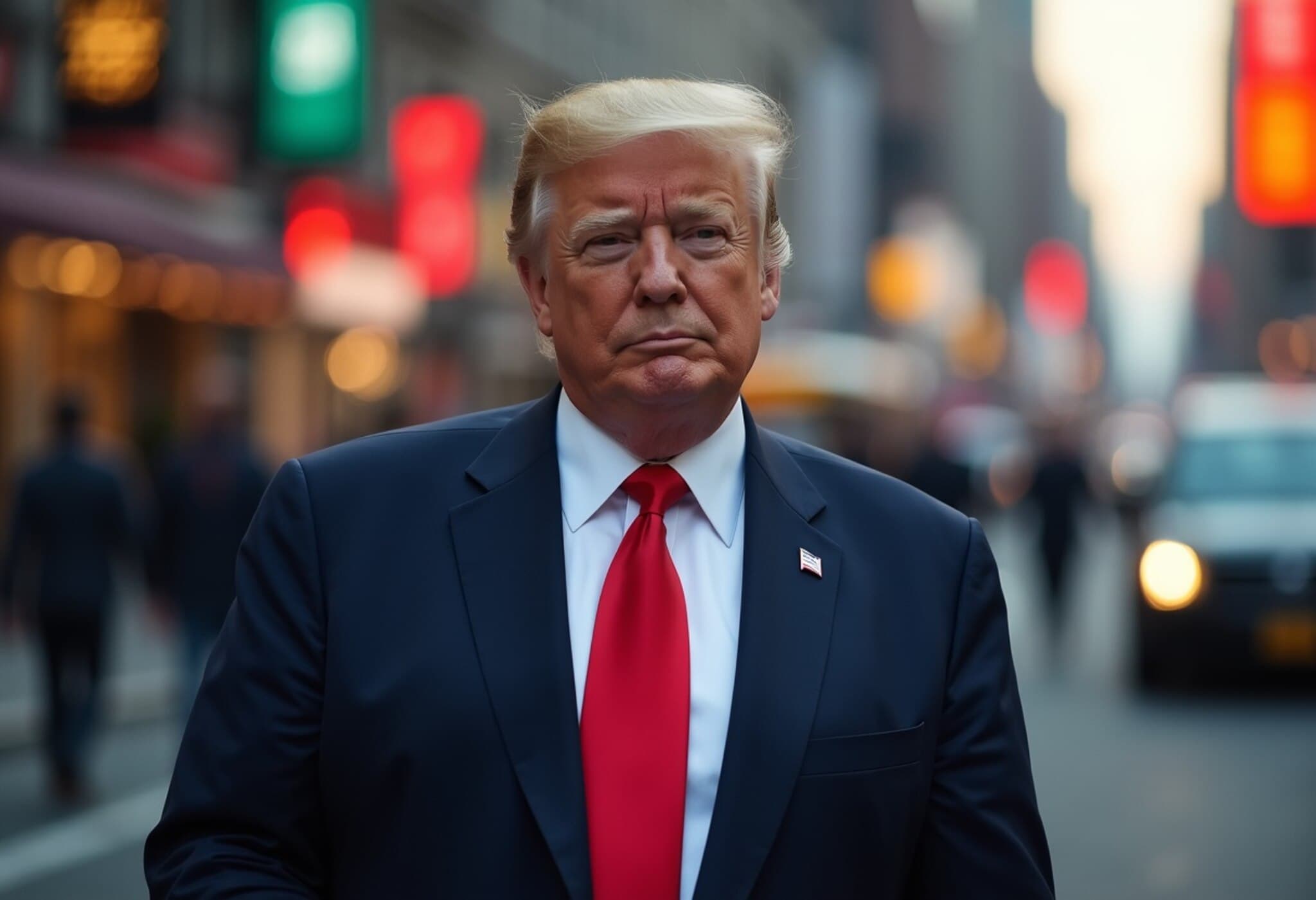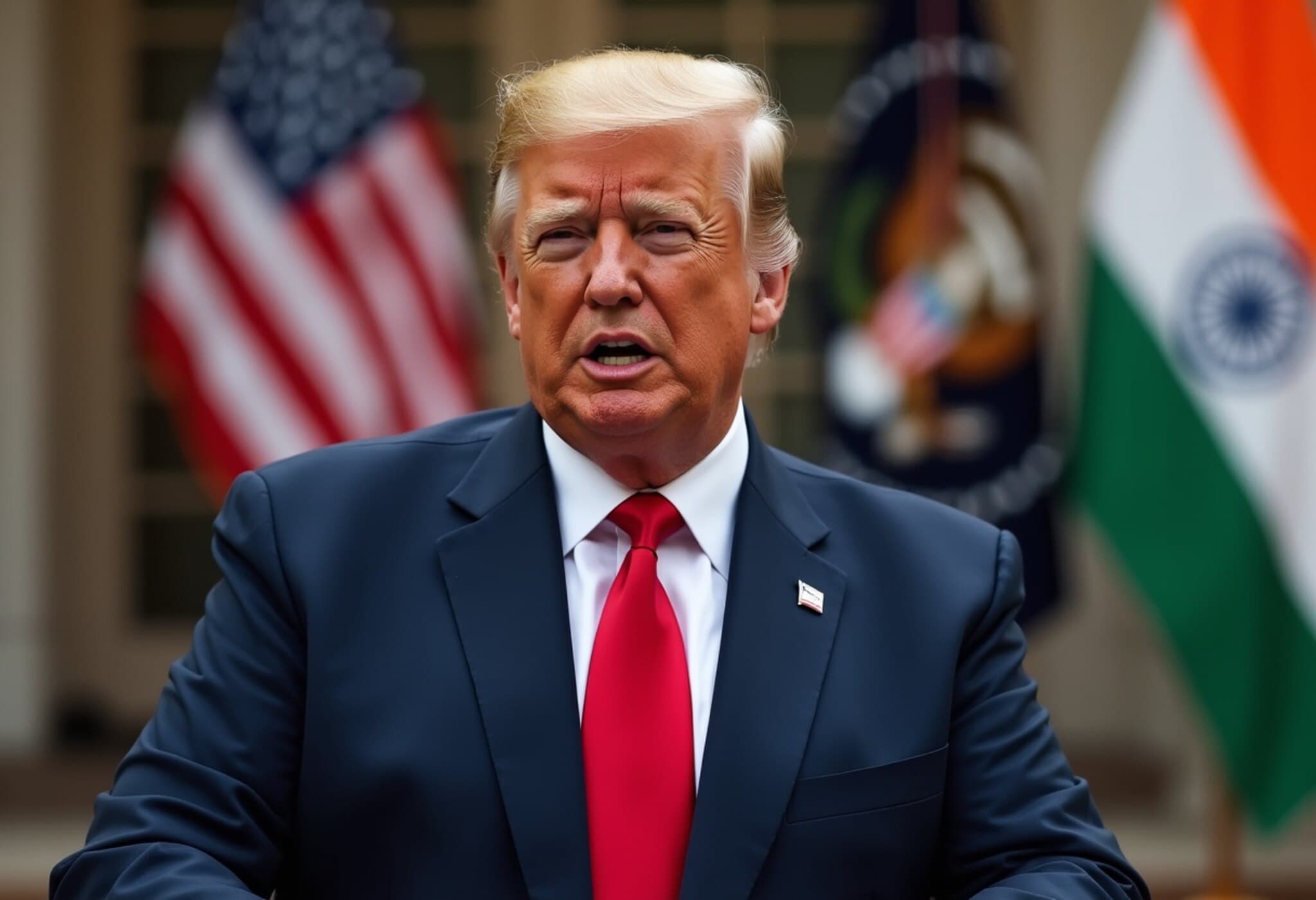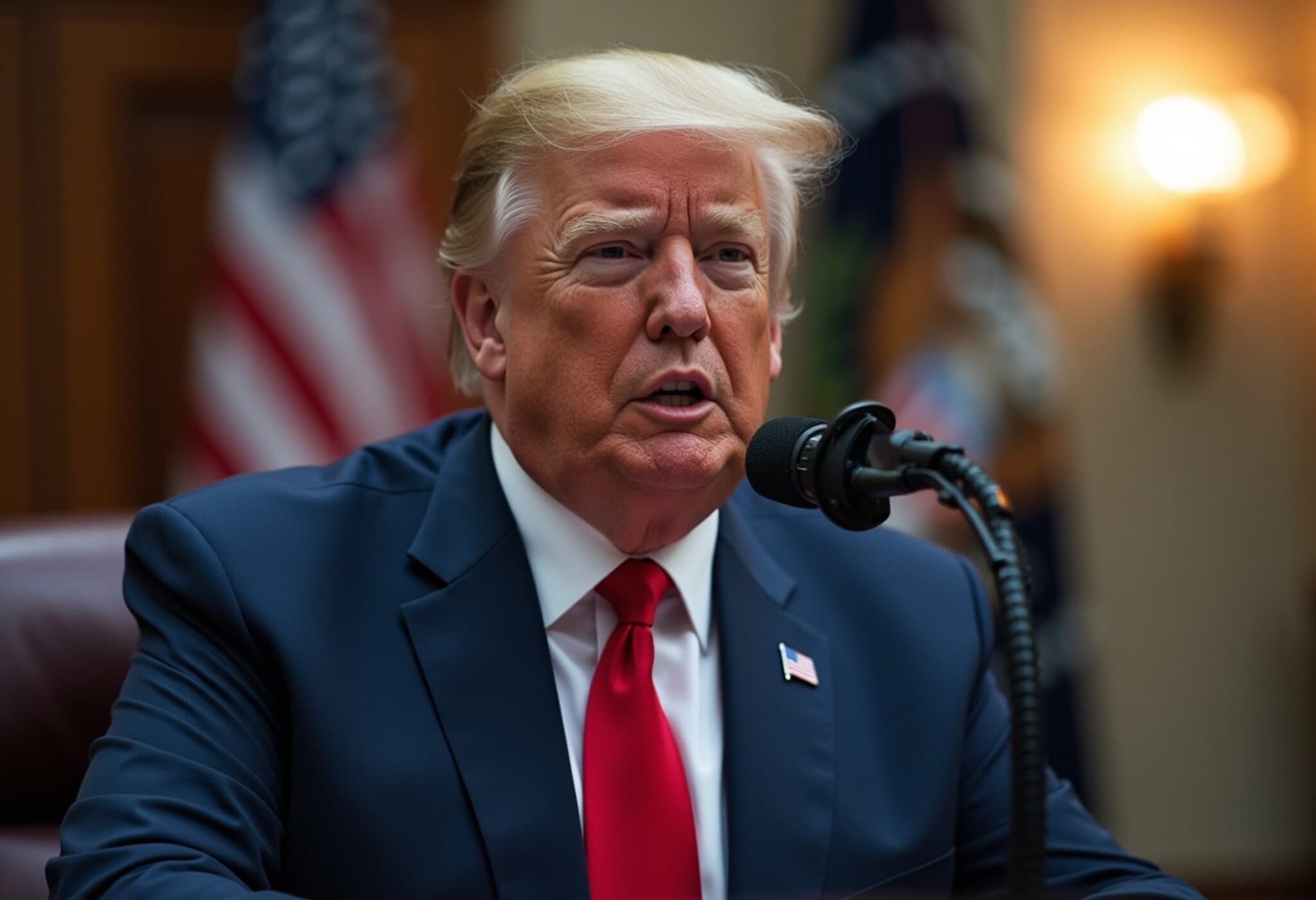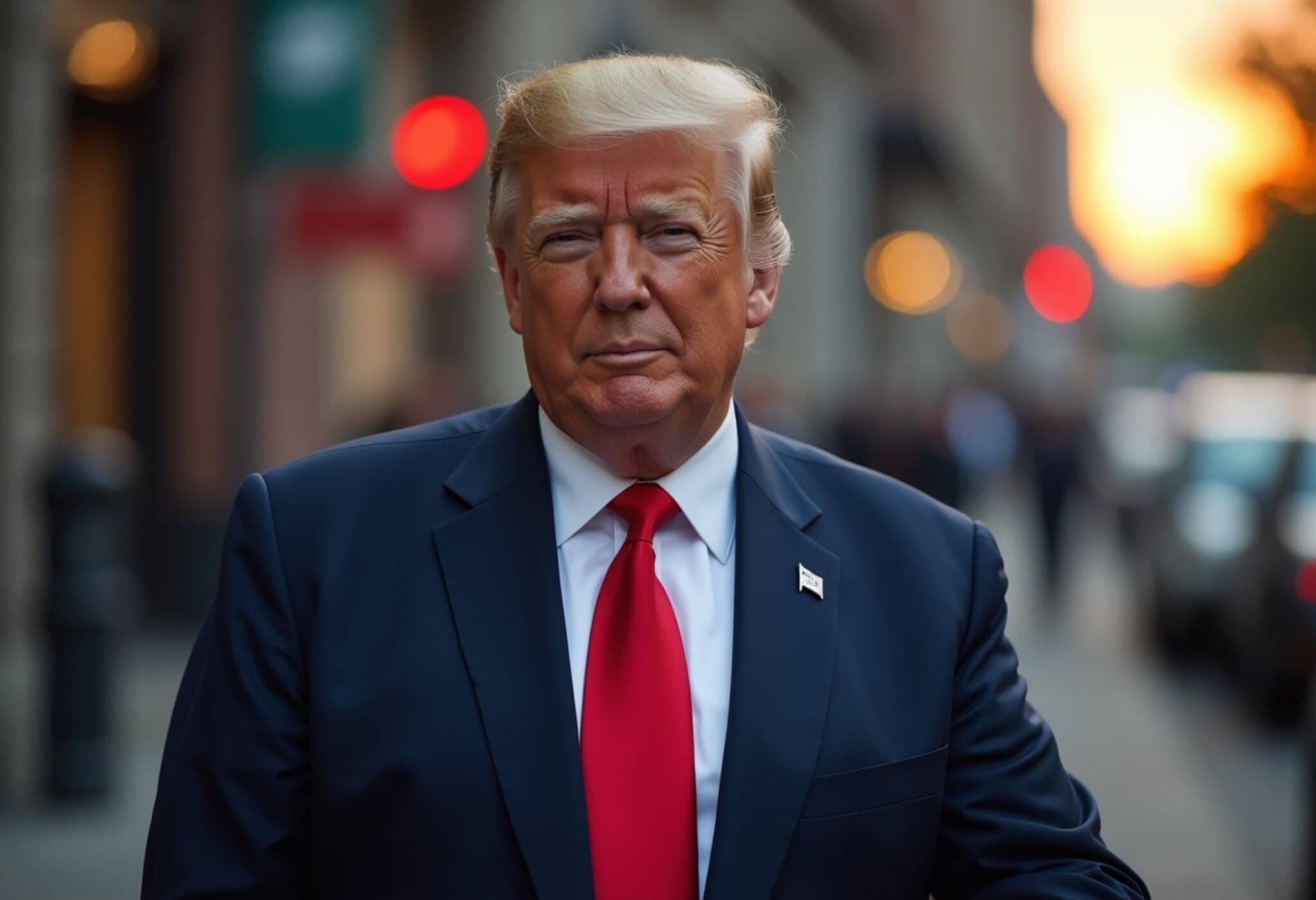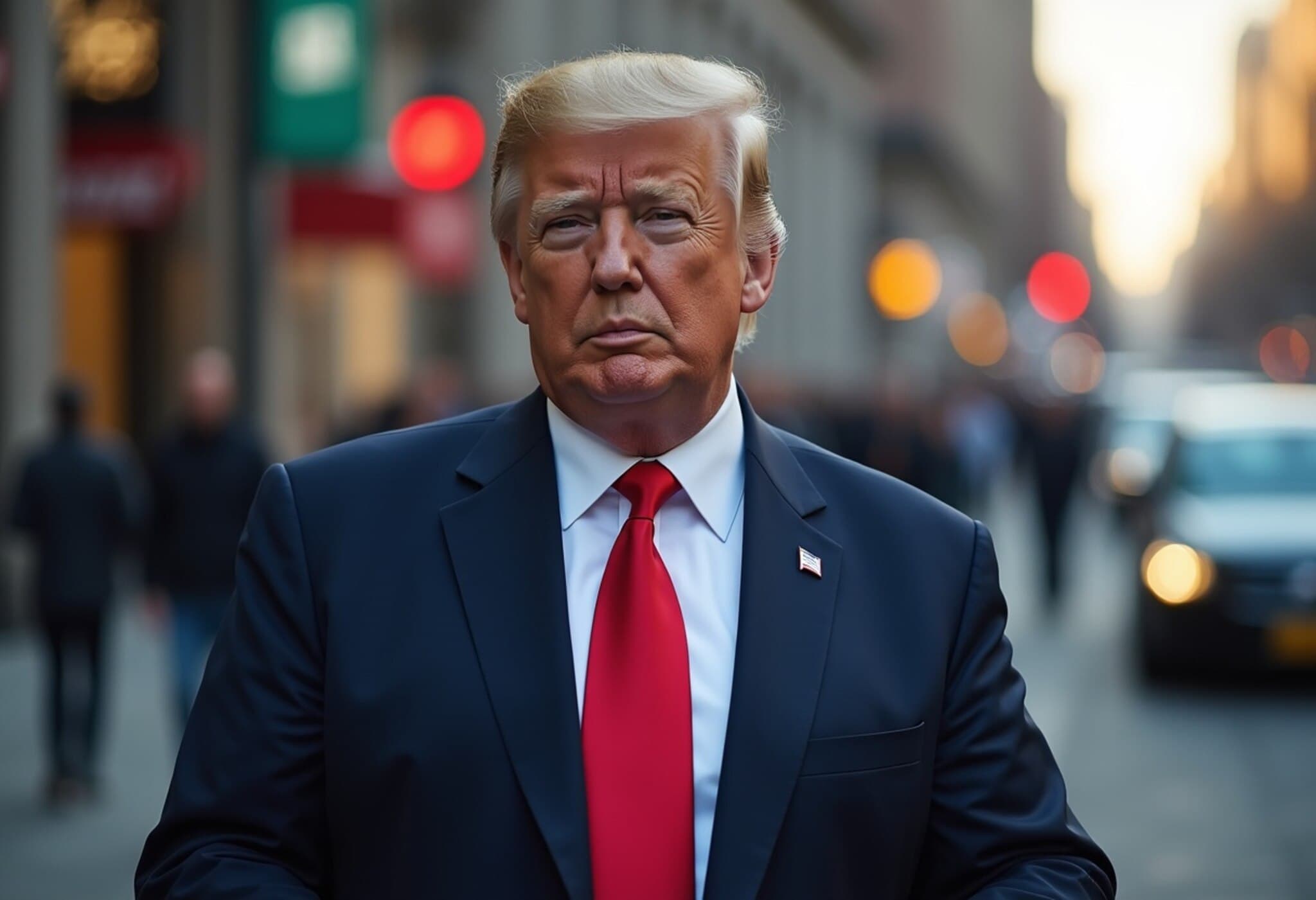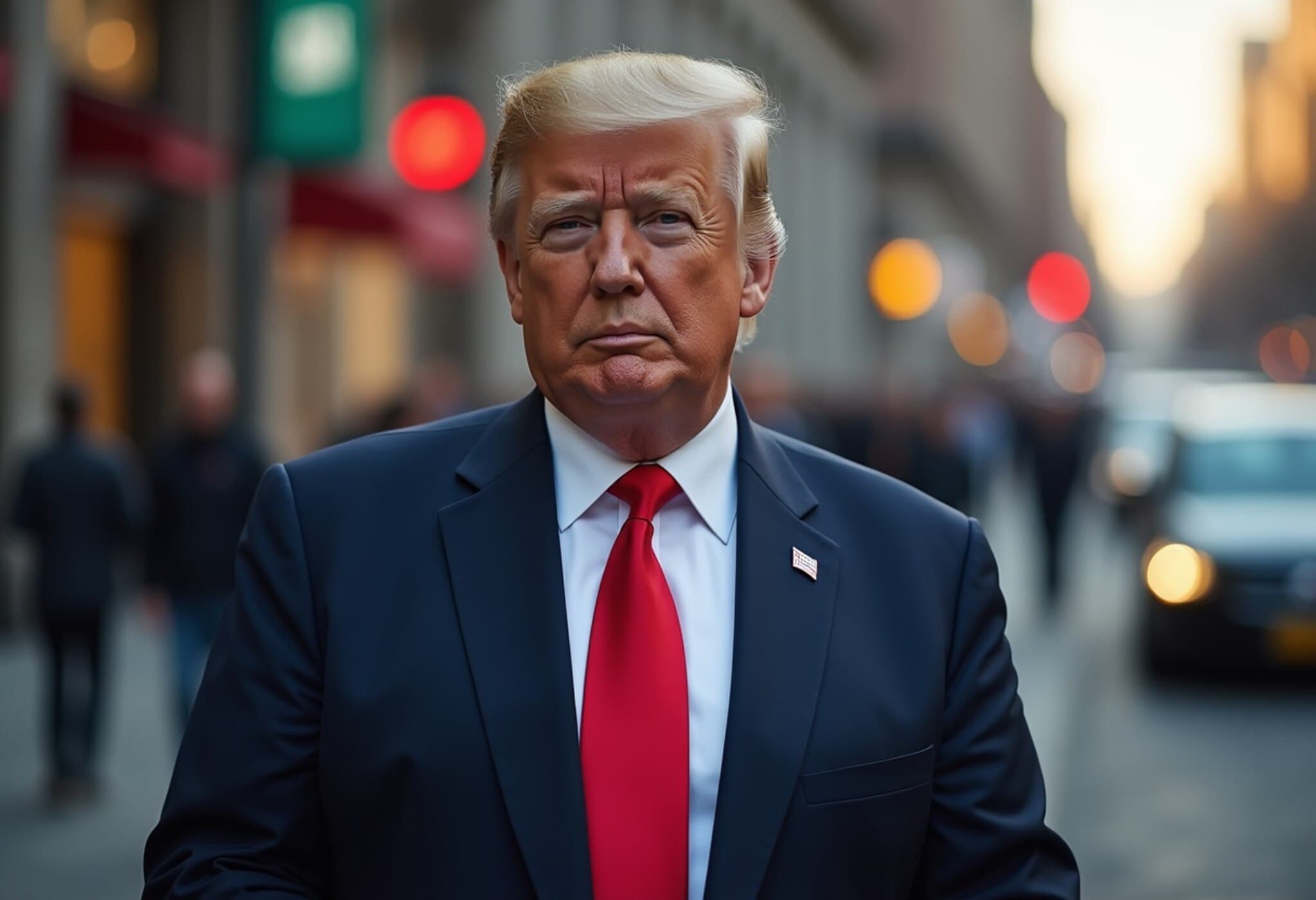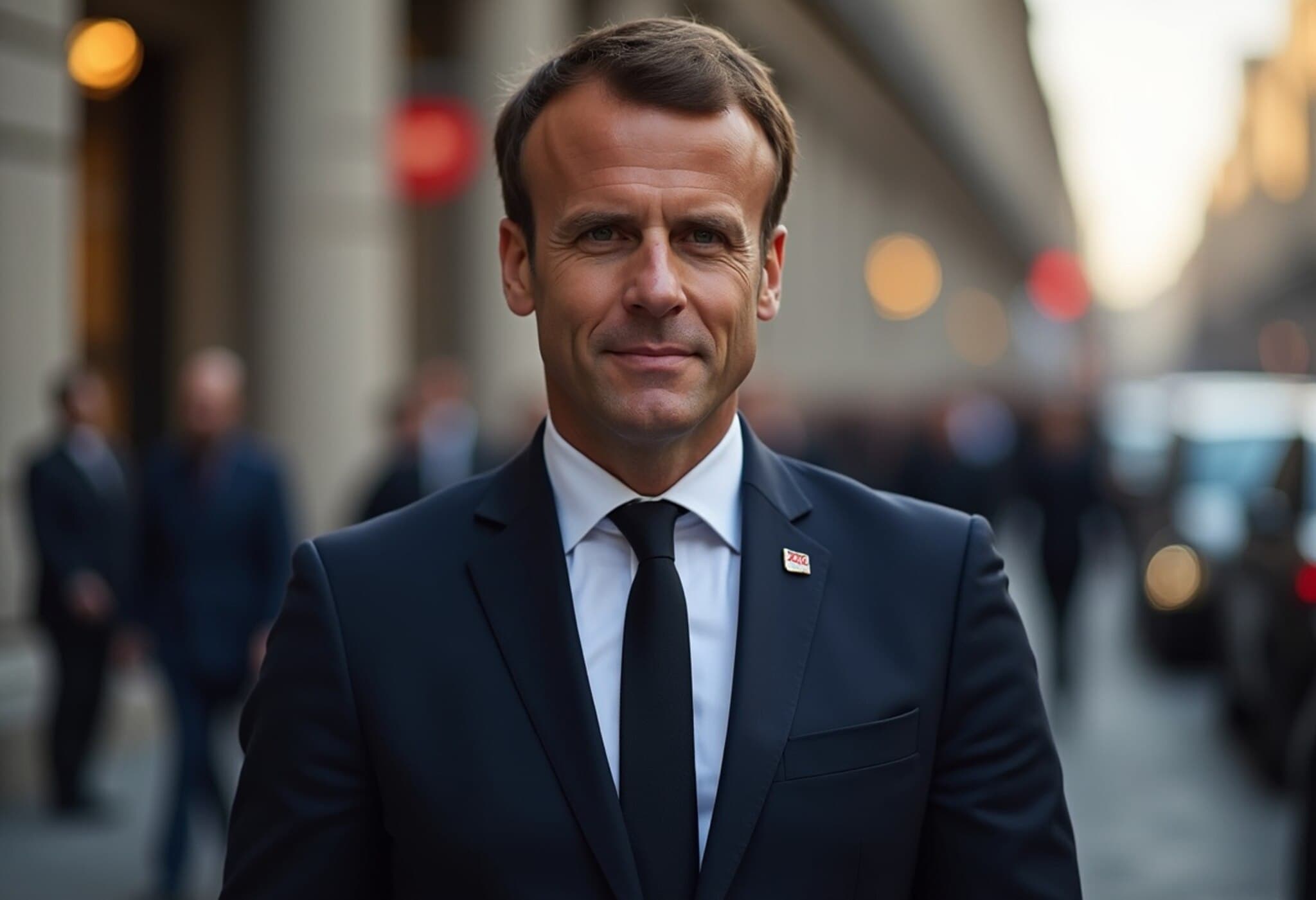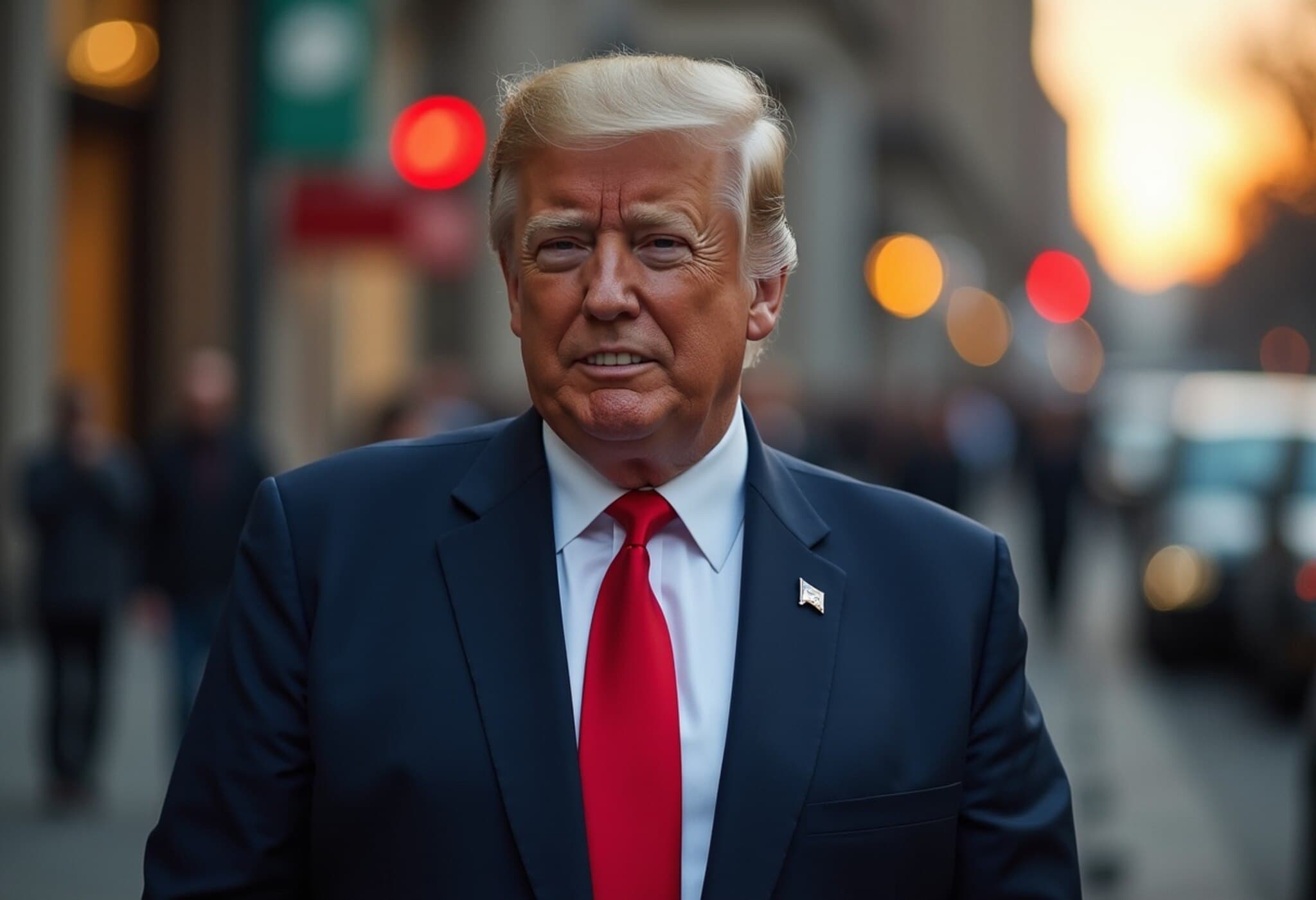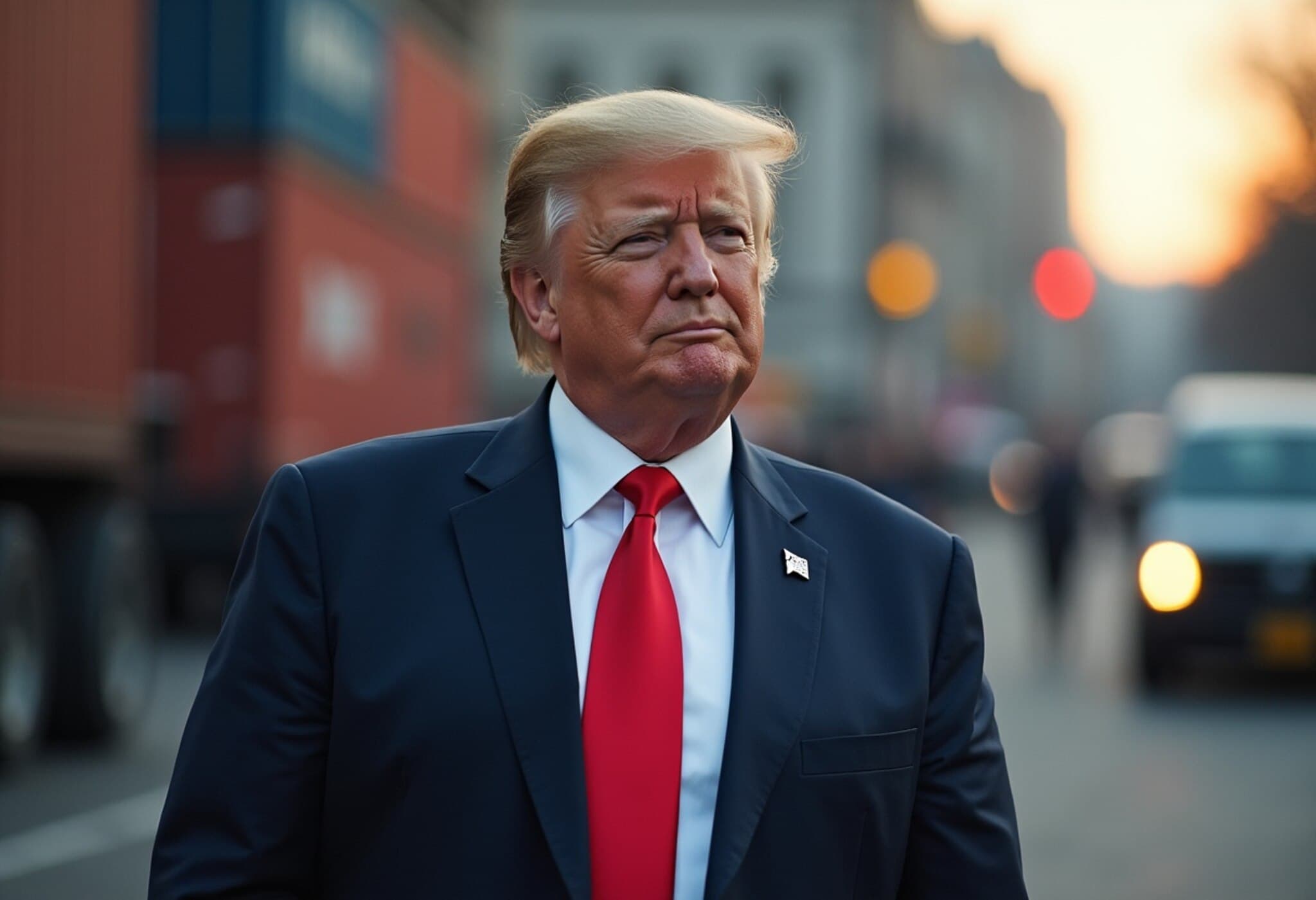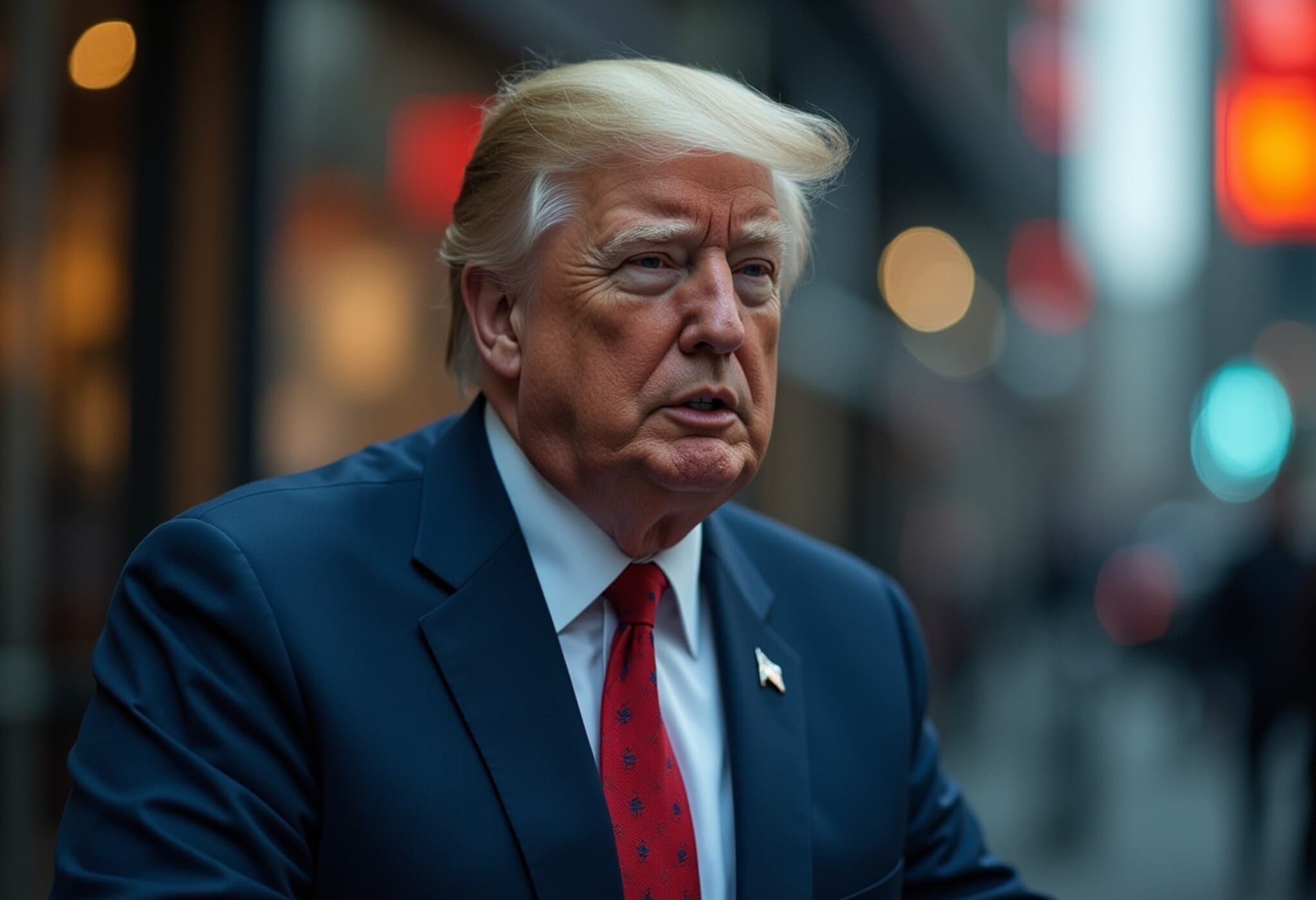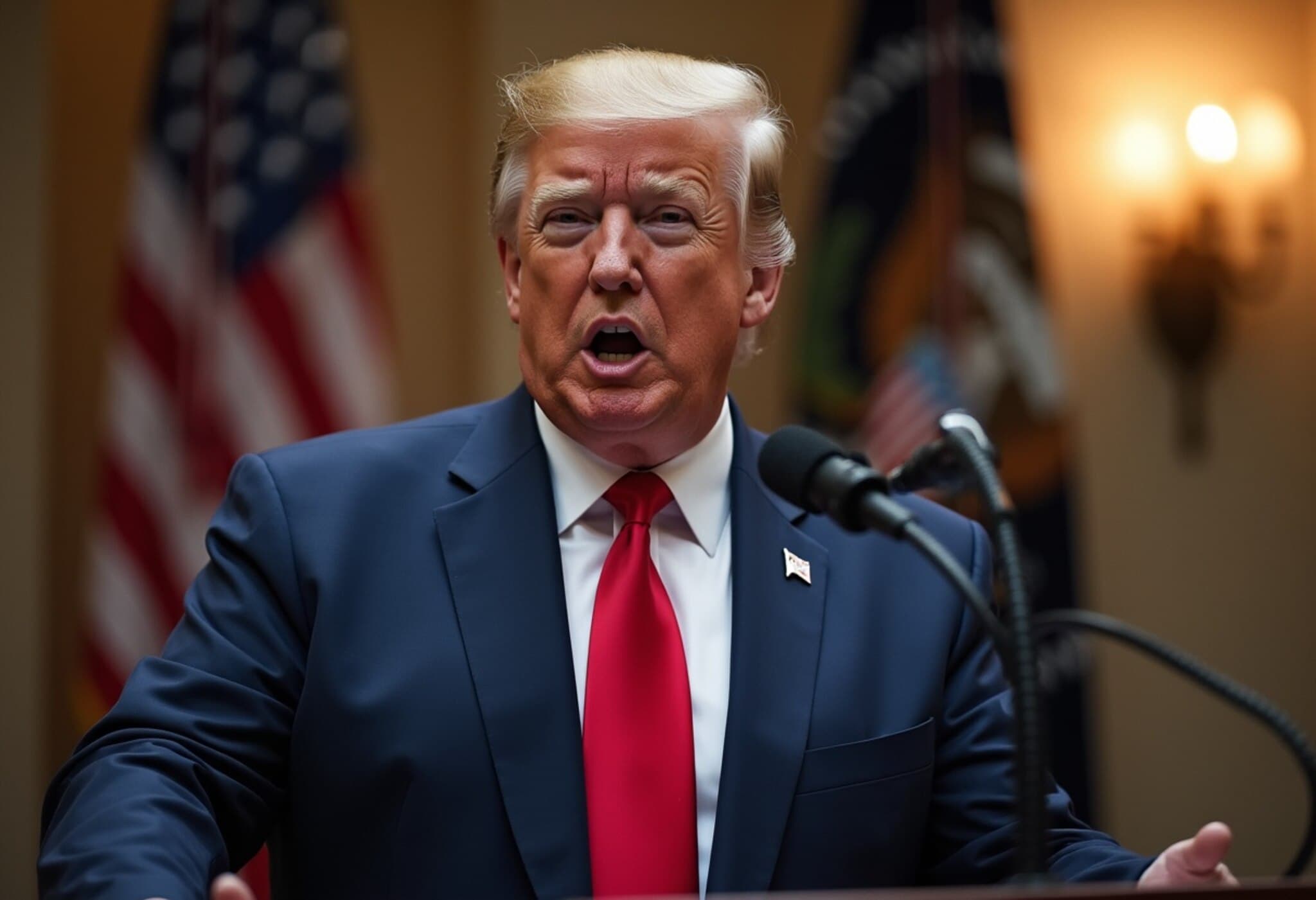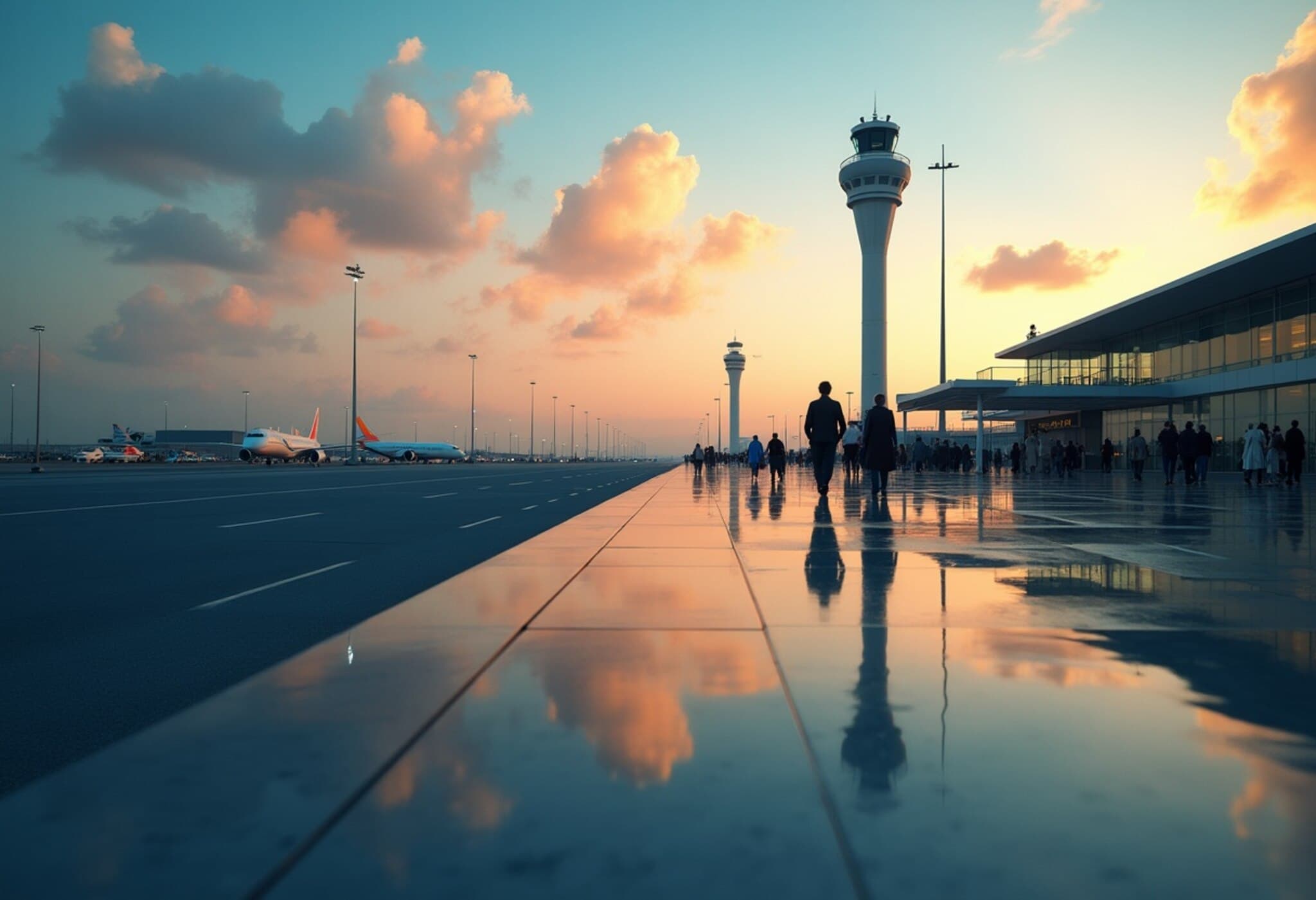Bangladesh Faces Economic Shock as US Imposes 35% Tariff on Garments
In a significant setback to Bangladesh’s cornerstone industry, the US government under former President Donald Trump has ramped up tariffs on Bangladeshi textile exports from 16% to a staggering 35%. This dramatic increase, unveiled on July 7, 2025, threatens to destabilize a sector that generates nearly 80% of the country’s exports and sustains millions of livelihoods.
Background: Garment Industry—Bangladesh’s Economic Lifeline
The garment and textile sector in Bangladesh is more than just an economic driver; it is the backbone of the nation’s export earnings, employing millions, especially women, and fostering socioeconomic progress. After a turbulent period following last year’s political upheaval—marked by a youth-led uprising that led to the ousting of PM Sheikh Hasina—the industry was slowly regaining momentum. However, the new tariff threatens to stall or even reverse this recovery.
Trade Deficit and Tariffs: The Numbers at Play
Bangladesh exported approximately $8.36 billion worth of goods to the United States in 2024. Imports from the US, meanwhile, amounted to $2.21 billion, resulting in a sizable trade imbalance that was a key justification cited by the Trump administration for imposing the tariff hike.
Bangladesh’s Strategic Response: Seeking Trade Relief and Greater Imports
Faced with the harsh new tariff, Dhaka is proactively exploring avenues to recalibrate its trade relationship with the US. According to reports, the Bangladeshi government is considering increasing imports of Boeing aircraft, US wheat, cotton, and oil—products that could help close the trade deficit gap and potentially soften American trade restrictions.
Muhammad Yunus, the interim leader and respected economist, is anticipated to engage in high-stakes negotiations with US counterparts to seek tariff relief and protect the garment industry’s global competitiveness.
Industry Leaders Voice Serious Concerns
- Mahmud Hasan Khan, President of the Bangladesh Garment Manufacturers and Exporters Association (BGMEA), described the tariff increase as an "enormous challenge," emphasizing that expectations had hovered around a more manageable 10–20% tariff.
- Mohiuddin Rubel, former BGMEA director, warned of dire consequences, underscoring risks of mass job losses in a sector where the US remains the dominant export market.
Rubel stressed the urgent need for swift policy maneuvers, including renewed high-level trade talks and active advocacy with American importers to illustrate Bangladesh’s garment sector's vital role in global supply chains.
Trump’s Broader Trade Strategy and Global Implications
The tariff hike against Bangladesh is part of a wider pattern in Trump’s trade policy, which has seen threats of levying steep tariffs on up to 14 countries. These moves aim to leverage trade negotiations, compel nations to purchase more US goods, and boost domestic manufacturing.
For Bangladesh, already classified as a developing economy reliant on exports, this policy environment introduces new uncertainties and complexities that extend beyond mere numbers, affecting labor markets, foreign investment, and regional trade dynamics.
Expert Insight: What Lies Ahead?
From an economic and policy perspective, Bangladesh’s response will have to be nimble and multifaceted. It must balance increasing imports to narrow the trade deficit with sustaining export competitiveness. While boosting imports of aircraft and commodities is one side of the coin, the other involves diplomatic engagement, seeking exemption mechanisms, or leveraging preferential trade agreements where possible.
Moreover, this episode sheds light on broader themes affecting emerging economies: the volatility of global trade politics, dependency on singular markets, and the pressing need for diversification both in products and export destinations.
Looking Forward: Challenges and Opportunities for Bangladesh
The garment industry’s fate will likely hinge on negotiations conducted at the highest political levels, as well as strategic efforts to innovate and move up the value chain. Bangladesh might also explore enhancing ties with alternative markets, including within Asia and Europe, to reduce overreliance on the US.
In parallel, the government and private sector must invest in workforce development and sustainable manufacturing to meet evolving consumer standards and global compliance requirements.
Editor’s Note
The 35% tariff imposed by the United States raises critical questions about the future of global trade fairness and the vulnerability of developing economies in an era of protectionism. As Bangladesh navigates this challenge, industry resilience, diplomatic savvy, and policy innovation will be paramount. Readers should consider how unilateral tariff hikes by major powers impact global supply chains and what strategic steps emerging economies can take to safeguard their growth trajectories.

